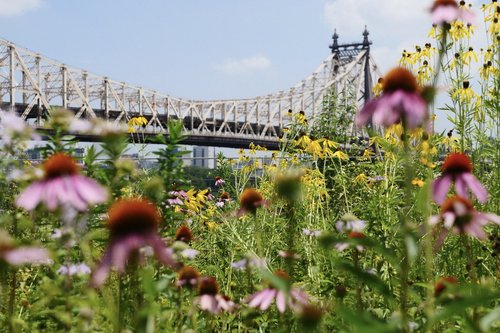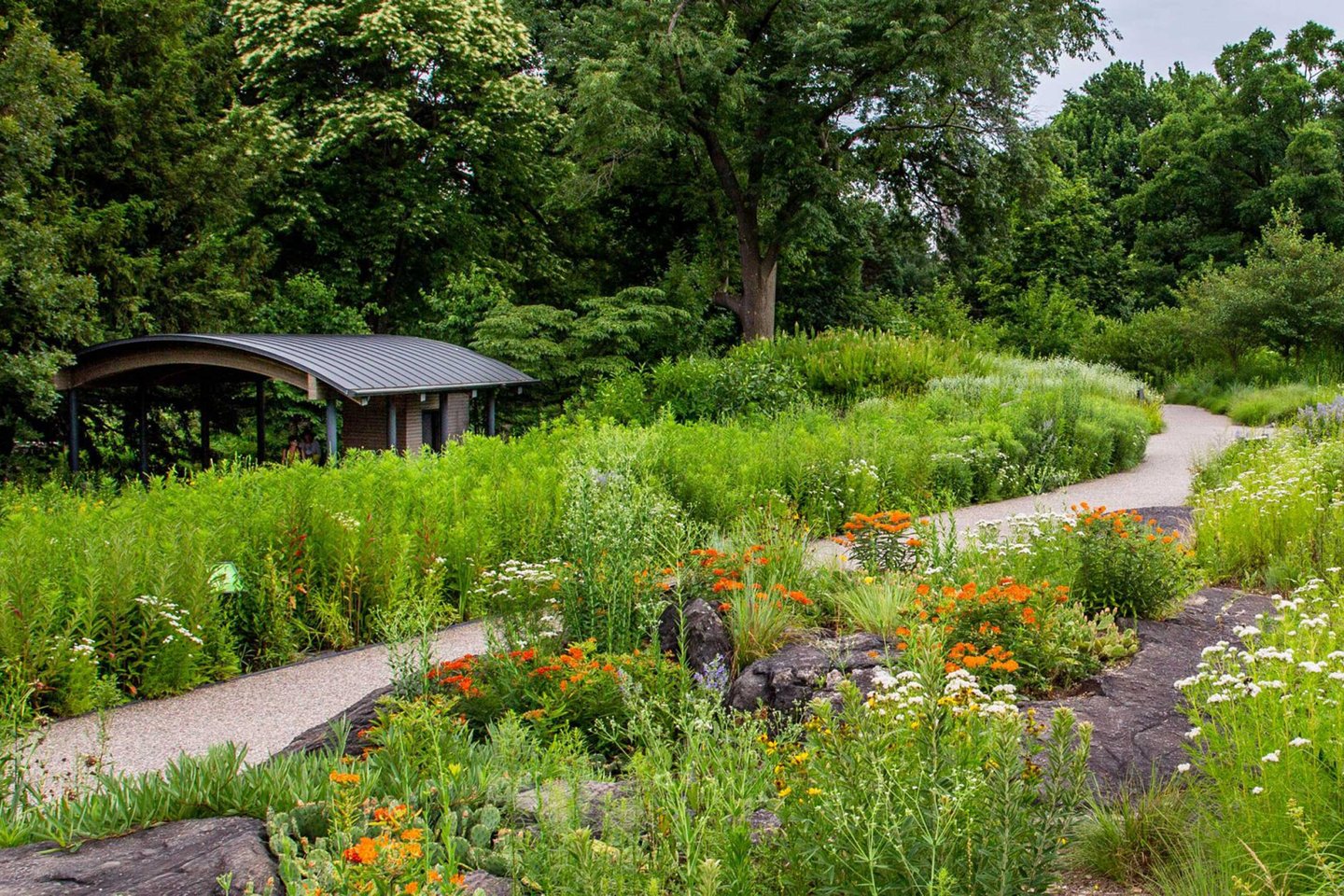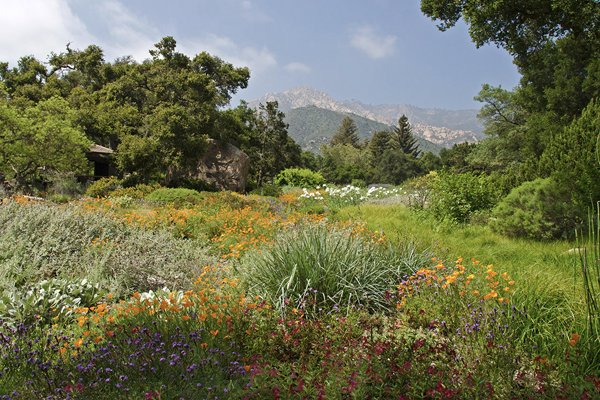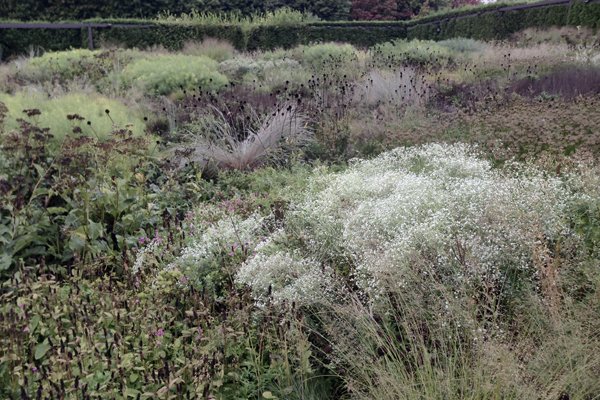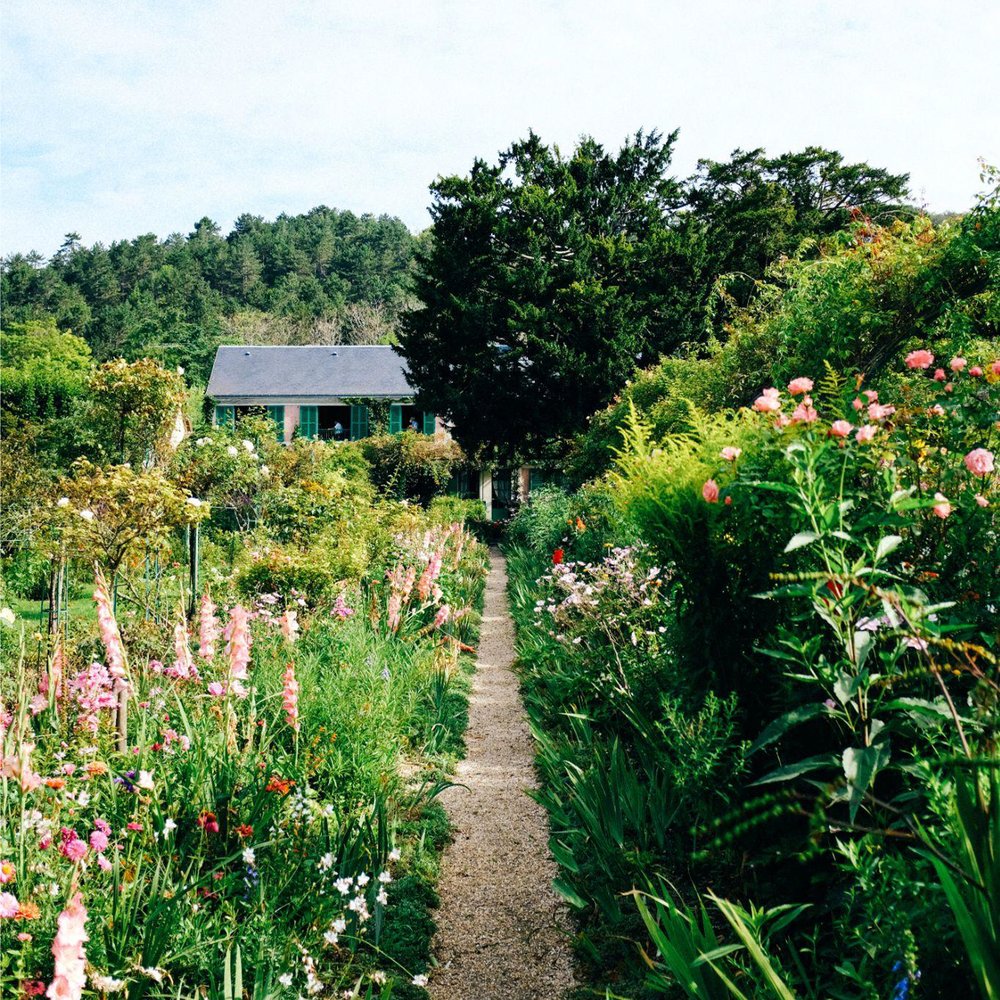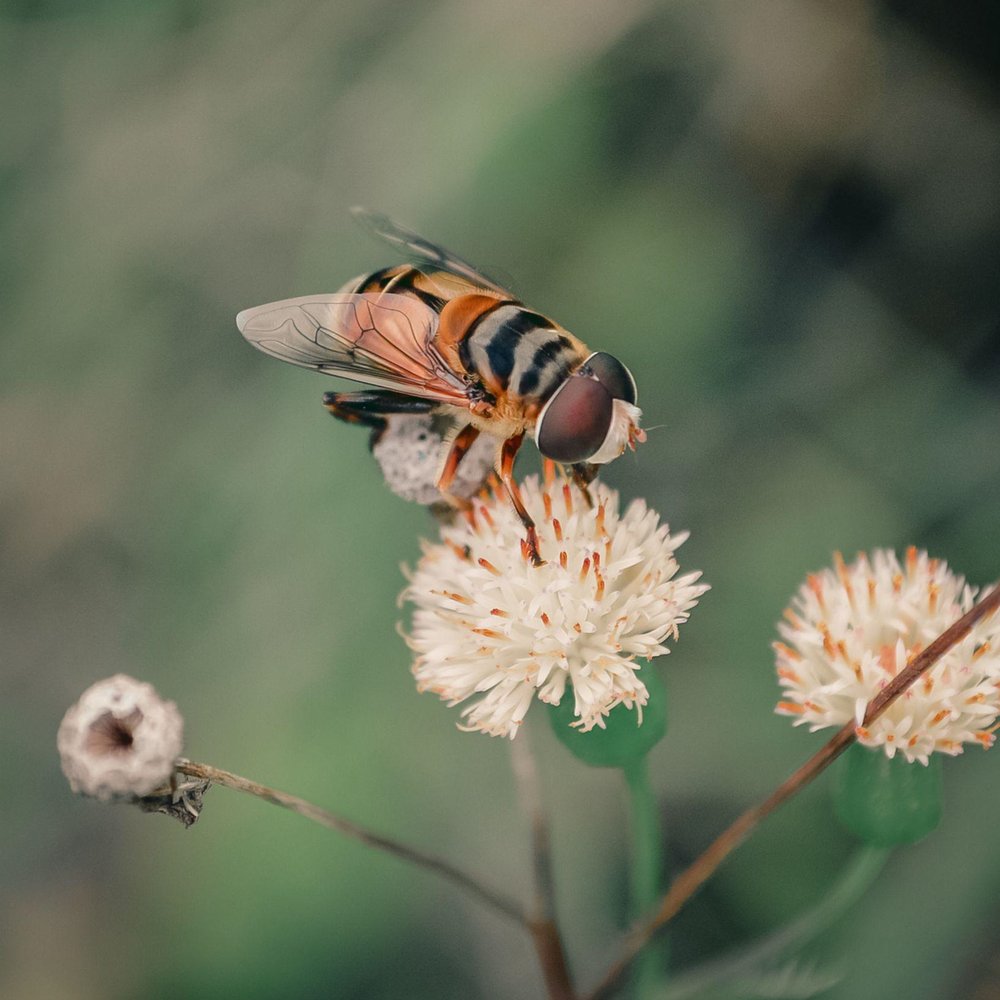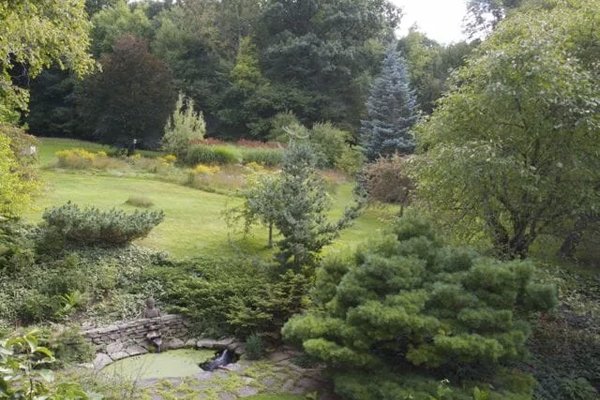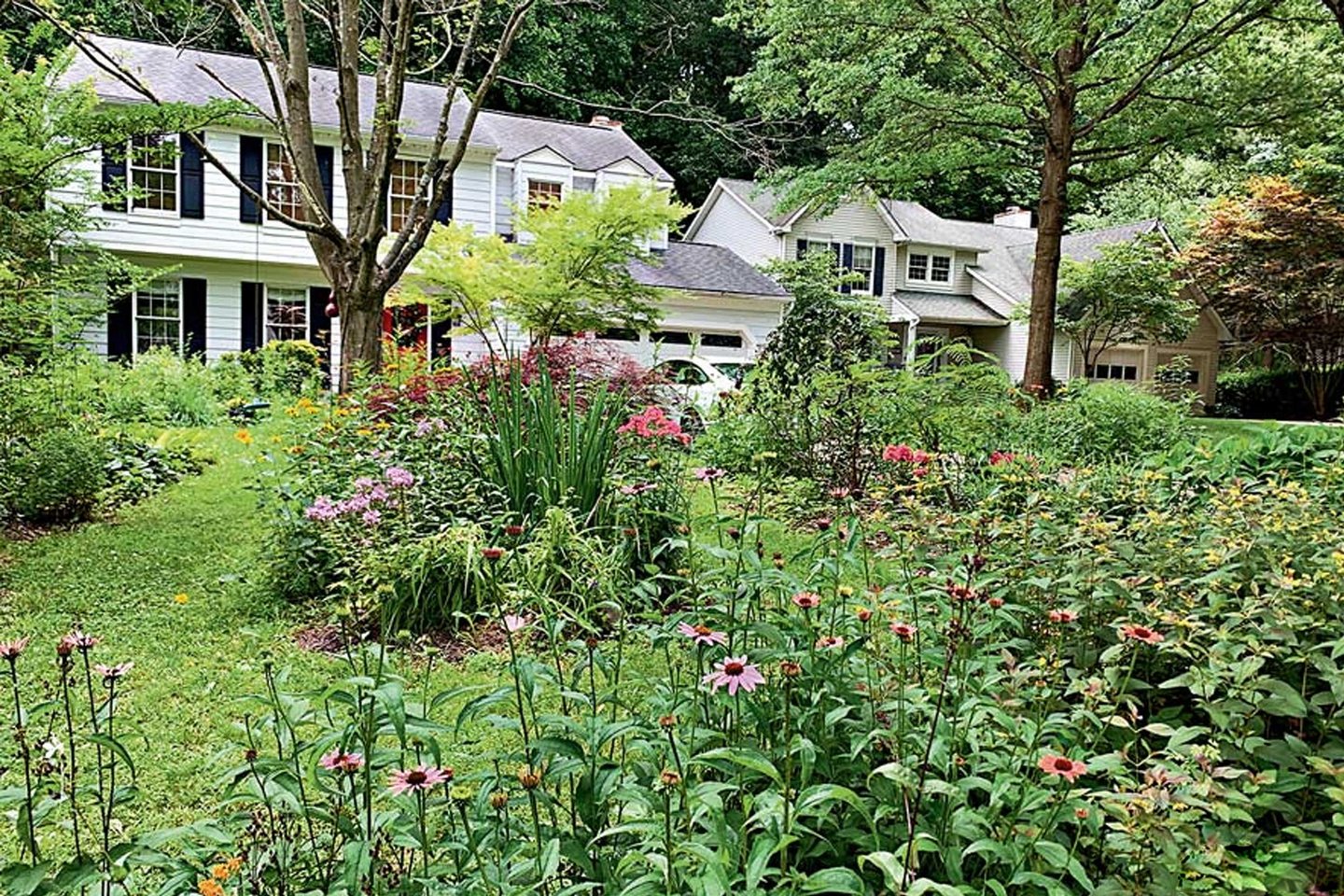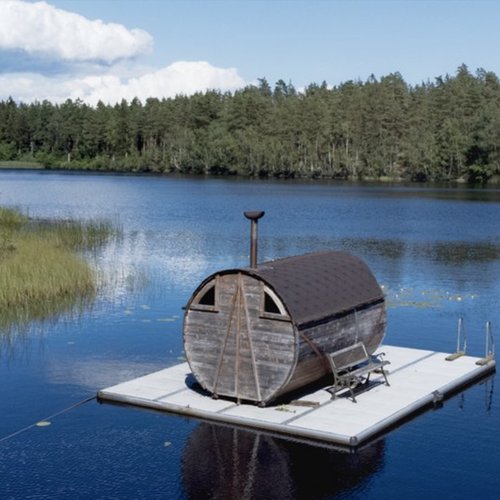Committing to pollinators
Keeping a meticulous yard and creating a pollinator's paradise doesn’t have to be mutually exclusive. You can transform your yard permanently by replacing non-native grasses with indigenous ground cover and flowering species.
Low-growing flowering plants such as creeping thyme, creeping phlox, white clover and selfheal are perfect alternatives to resource-greedy grasses, cutting down on the 9 billion gallons of water Americans use daily to grow ornamental grass while also increasing the drought tolerance of soil.
You'll attract a greater diversity of pollinators by filling your garden with variety, including annuals, perennials, shrubs, trees, ground covers and herbs. Acclaimed garden designer Piet Oudolf once ruminated, “If a plant also attracts insects, butterflies, and birds, it’s truly an ideal plant.”
You can also introduce green real estate on a smaller scale, through flower boxes, hanging plants, and micro gardens on balconies and terraces. Creating more wild pockets in a home’s landscape also provides better conditions for critters critical to a diverse ecosystem, including fireflies, grasshoppers and butterflies, who prefer longer grass.
